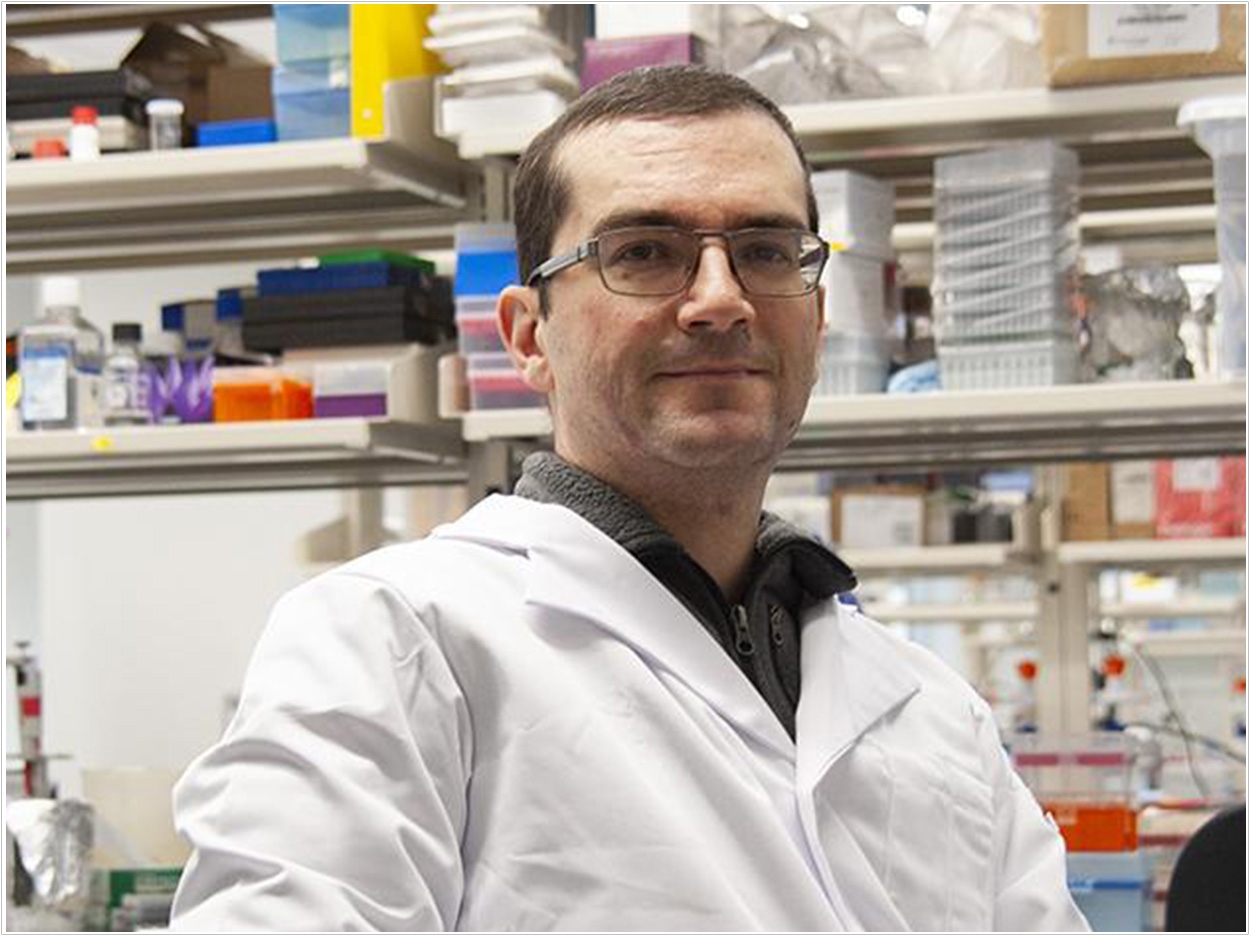
As dental practices prepare to reopen, clinicians will need to know if their patients have been infected with the COVID-19 virus. A simple mouth swab and rinse with testing technology adapted from the pap smear could provide an easy, low-cost, and rapid diagnostic tool, according to the University of Toronto.
Michael Glogauer, DDS, PhD, professor at the university’s Faculty of Dentistry and head of dental oncology at Princess Margaret Cancer Centre, is working with Sunnybrook Health Sciences Centre, North York General Hospital, Sinai Health Systems, and the University Health Network to research the viability of the platform.
The COVID-19 virus invades epithelial cells such as those lining the lungs. But these epithelial cells also are prevalent in large numbers in the mouth, especially on the tongue, where respiratory droplets are expelled. The virus binds to epithelial cells through ACE-2 receptors.
“It just so happens that the tongue expresses extremely high levels of ACE-2 receptors,” Glogauer said.
That makes the mouth, which is also one of the most easily accessible sites on the body, and ideal place for culling samples. Additionally, it doesn’t require any needles. And unlike the nose, there is no pain when people are swabbed.
“The tongue is a big net,” said Glogauer. “It will always be positive if an infection is present.”
Canada has launched detection platforms to fight COVID-19. Some proposed detection methods require specialized technology or equipment. Others, like the nasopharyngeal swab method, use certain chemicals for testing that are in short supply around the world.
But Glogauer says a testing platform already in use could make a significant difference in making COVID-19 testing more widely available: the pap smear.
“Pap smears show viral changes and inflammation in epithelial cells,” he said, adding that’s what technicians are hunting for with COVID-19.
The test also is routine and simple. Epithelial cells are scraped, mounted onto slides, stained, and viewed under a microscope. Tests cost approximately $30 each. Glogauer further said that laboratories across Canada could rapidly employ the platform.
“All labs are set up to do pap smears,” he said.
The process of adapting the test would be virtually painless too, he added. Samples could be easily collected by giving subjects an oral rinse and brushing their tongue. Results could be returned in hours. Importantly, he said, the smear test could represent an easy ally for COVID-19 detection in developing nations where lab technology is limited.
“If it works, it will be a real game changer for everyone,” he said.
While Glogauer cautioned that the technology needs to be fine-tuned to prevent false positives, he said there is significant potential to develop a fast a relatively inexpensive tool in the arsenal to find and detect the COVID-19 virus.
“Ideally, you want different testing modalities,” he said. “This could be one of them.”
Related Articles
DSO Turns Closed Offices Into COVID-19 Testing Sites
Dental School Uses 3-D Printers to Produce COVID-19 Testing Swabs
Kansas Asks Dentists to 3-D Print Nasal Swabs for COVID-19 Testing


